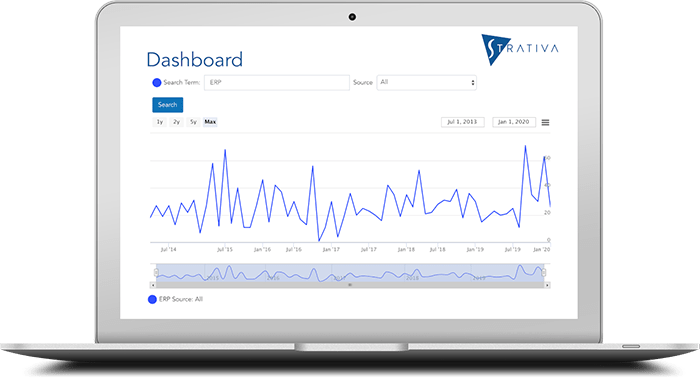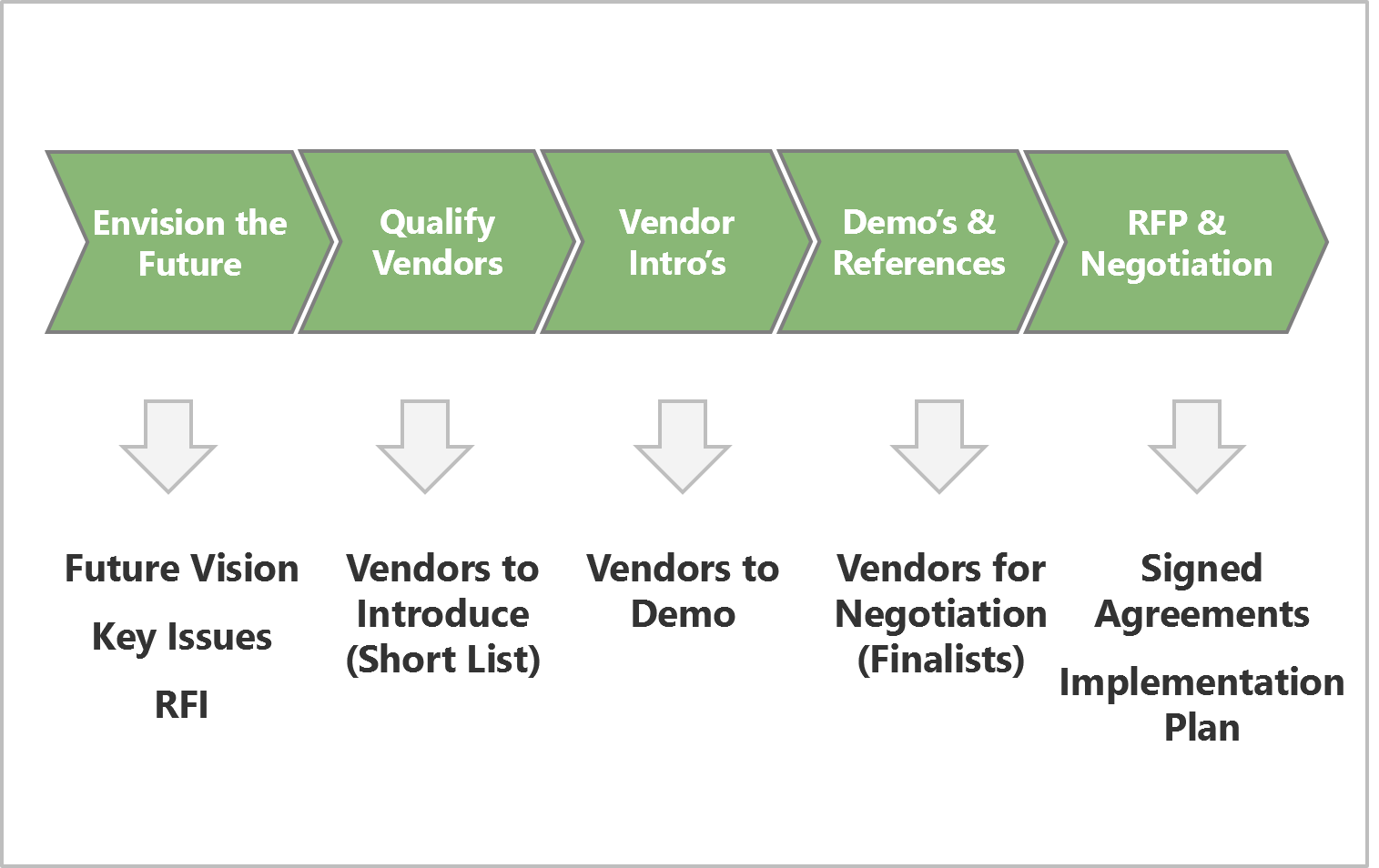
Oracle currently lags behind Amazon and Microsoft as a cloud infrastructure service provider. But Oracle is about to get a big boost as its NetSuite unit begins a three-phase transition from its own data centers to Oracle Cloud Infrastructure (OCI) worldwide. This post outlines the benefits, not only to Oracle, but to NetSuite and ultimately to NetSuite’s customers, making it a true win-win-win.










